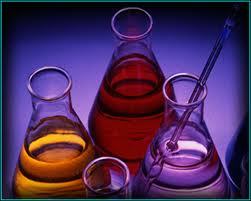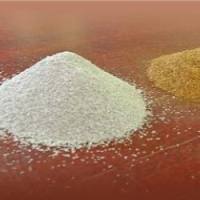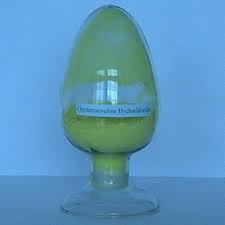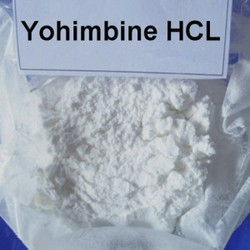Ascorbic Acid
Product Details:
- Molecular Weight 176.12 Grams (g)
- Molecular Formula C6H8O6
- Storage Room Temperature
- Medicine Name Ascorbic Acid
- Type Pharmaceutical Intermediates
- Grade Medicine Grade
- Purity(%) 98%
- Click to View more
Ascorbic Acid Price And Quantity
- 25.00 - 50.00 INR
- 25 Kilograms
Ascorbic Acid Product Specifications
- Medicine Grade
- Liquid
- 98%
- Pharmaceutical Intermediates
- Room Temperature
- Ascorbic Acid
- C6H8O6
- 176.12 Grams (g)
Ascorbic Acid Trade Information
- Cash Advance (CA) Cash in Advance (CID)
- 1000 Kilograms Per Day
- 7 Days
- Western Europe Australia Middle East Central America South America Asia Eastern Europe North America Africa
Product Description
It is white to very pale yellow crystalline powder with a pleasant sharp acidic taste. Our aim is to provide quality assured products to our valuable clients by offering Ascorbic Acid. It is used to prevent or treat low levels of vitamin C in people who do not get enough of the vitamin from their diets. Low levels of vitamin C can result in a condition called scurvy. Scurvy may cause symptoms such as rash, muscle weakness, joint pain, tiredness, or tooth loss. It is found naturally in citrus fruits and many vegetables. Ascorbic Acid is an essential nutrient in human diets, and necessary to maintain connective tissue and bone.
Features:
Product Name : Ascorbic Acid
Chemical Names : L-ascorbic acid; Vitamin C; Ascorbic acid; 50-81-7; Ascorbate; L-ascorbate; Ascorbicap; Cevitamic acid; Ascoltin; Hybrin; Allercorb; Ascorbajen; Ascorbutina; Ascorteal; Cescorbat; Cetemican; Cevitamin; Citriscorb; Laroscorbine; Lemascorb; Natrascorb; Proscorbin; Roscorbic; Secorbate; Testascorbic; Vitacimin; Vitamisin; Vitascorbol; Ascorin; Ascorvit; Cantaxin; Cebicure; Cebione; Cegiolan; Ceglion; Celaskon; Cemagyl; Cenetone; Cenolate; Redoxon; Vicelat; Viforcit; Viscorin
Molecular Formula : C6H8O6 or HC6H7O6
Molecular Weight : 176.124 g/mol
IUPAC Name : (2R)-2-[(1S)-1,2-dihydroxyethyl]-3,4-dihydroxy-2H-furan-5-one
CAS Number : 50-81-7
Physical Description : White to very pale yellow crystalline powder with a pleasant sharp acidic taste. Almost odorless.
Melting Point : 191 °C
Solubility : Insoluble in ether, chloroform, benzene, petroleum ether, oils, fats, fat solvents
Density : 1.65 g/cm³
Decomposition : When heated to decomposition it emits acrid smoke and irritating fumes.

Price:
- 50
- 100
- 200
- 250
- 500
- 1000+










 : nilesh.sheth70
: nilesh.sheth70
